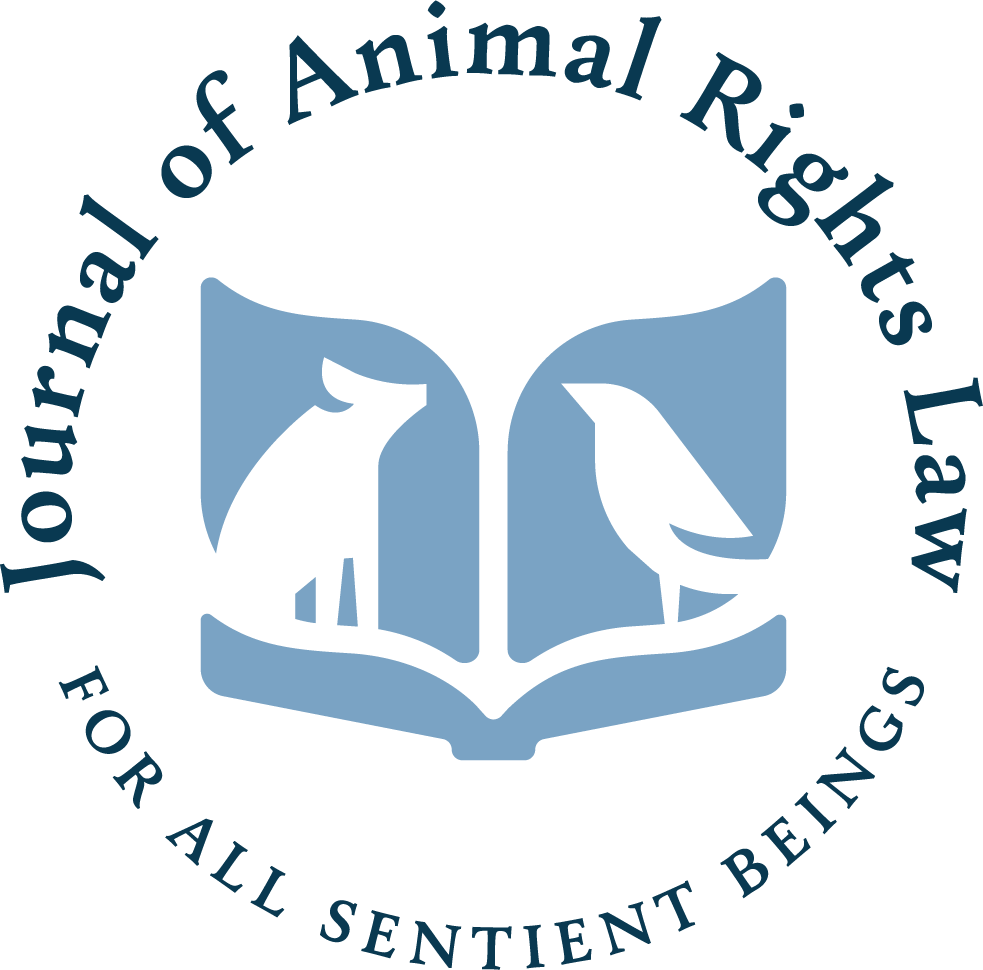Call for Papers: Special Issue on ‘Restorative Justice & Animal Rights Law’
The Journal of Animal Rights Law (JARL) invites submissions for its special issue on ‘Restorative Justice and Animal Rights Law.’
We are looking for contributions that examine how restorative justice can be applied to animal rights and provide pathways for the recognition, protection, and rehabilitation of non-human animals. By acknowledging non-human animals as victims who can suffer harm and deserve consideration and reparation, restorative justice mechanisms can help address our ‘broken’ relationship with other animals.


